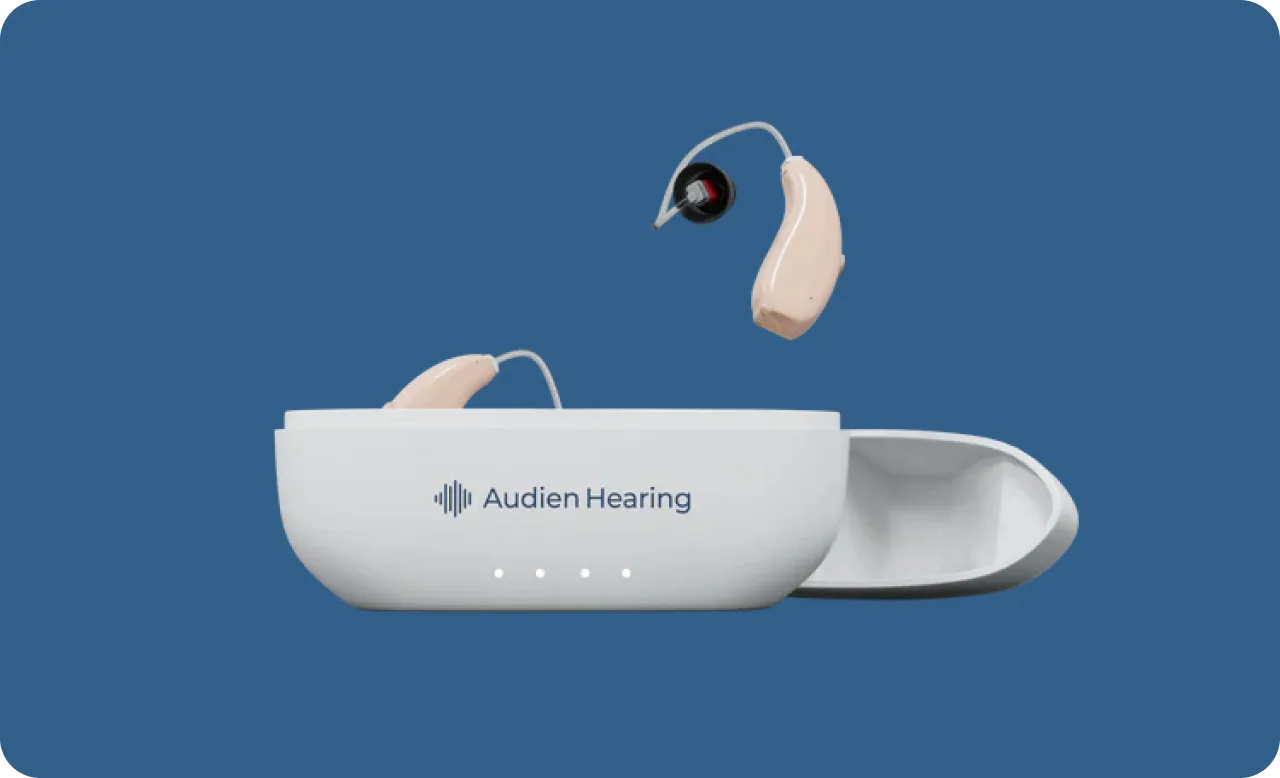
Hear What You've Been Missing: Guide to Modern Hearing Aids
Here’s the thing: the image most people have—whistling beige bananas—is wildly outdated. Today’s hearing aids are tiny, smart, and honestly pretty fun once they’re dialed in. If you’re starting to look at the Best Hearing Aids, let me walk you through what actually matters so you can pick with confidence.
Wait—what actually changed?
A lot. Miniature processors now separate speech from noise in real time. Directional microphones quietly aim at the talker you care about. Rechargeable batteries last all day (and then some), and Bluetooth streaming makes calls and podcasts seamless. Believe it or not, some models auto-adjust as you move from a quiet kitchen to a busy restaurant. If you’re browsing the Best Hearing Aids, assume “smart” by default—then look at how comfortable and customizable they are.
Types, in plain English
Most folks end up with a “receiver-in-canal” style—tiny behind the ear with a hair-thin wire and a soft tip in the canal. It’s comfortable, airy, and great for speech clarity. “Behind-the-ear” with a tube is a sturdier cousin used for stronger losses. “In-the-ear” and “completely-in-canal” tuck everything inside; they can be nearly invisible, though they fit best when custom-molded. You can find excellent options across all styles, including some of the Best Hearing Aids for mixing comfort, clarity, and discretion.
OTC vs prescription, explained like a human
Over-the-counter hearing aids are built for adults with perceived mild to moderate loss. You self-fit with an app, and the better ones actually do a solid job. Prescription hearing aids add professional testing, real-ear measurements, and deeper fine-tuning—crucial for complex hearing profiles. If your budget allows and your hearing loss is more than “I miss some consonants,” prescription can be worth it. Either path can lead to the Best Hearing Aids for you; it just depends on how much support you want.
Features that matter (and the ones that don’t)
Focus on speech-in-noise performance, feedback control (no squeals), battery life, and how easy the app is to live with. Bluetooth is table stakes, but stable calls and low power drain are the real test. Water resistance helps if you’re active or in sweaty climates. “Channels” and “bands” sound fancy; they’re less important than the brand’s actual processing and how it’s tuned for your ears. The Best Hearing Aids make everyday conversations feel…normal again, not louder and harsher.
Comfort, fit, and that “plugged” feeling
That boomy, echoey sensation? It’s called occlusion. Swap the ear tip size, try a more open dome, or go custom mold with a tiny vent to let your voice out. Small tweaks can change the whole experience in minutes. If one ear canal is twisty or narrow (totally normal), your fitter can mix tips or styles. This is where the Best Hearing Aids earn their keep—great sound plus a fit you forget about by lunchtime.
Price, trials, and warranties—real talk
OTC pairs often run $300–$1,500. Prescription bundles (device + professional care) typically land between $2,000–$7,000 a pair. The good news: nearly everyone offers a 45–60 day trial. Use it. Wear them 8+ hours a day, hit a noisy café, and ask for adjustments. Warranties usually cover 1–3 years; some subscriptions spread costs and include loss/damage. The Best Hearing Aids aren’t just the cheapest—they’re the ones you can test properly and get tuned right.
Setup, tuning, and daily life
Give your brain 2–3 weeks to adapt. Start with a comfy volume, then nudge up clarity as you settle in. Pair your phone once, keep the charger by your keys, and clean the tips every few days. If the app has a “restaurant” or “speech focus” mode, use it unapologetically. The Best Hearing Aids melt into routine: they charge overnight, wake up ready, and quietly help you catch life’s details again.
Who they’re for (and when to see a pro)
If you ask people to repeat, turn up the TV past what others like, or miss consonants in restaurants, you’re a candidate. Sudden hearing loss, one-sided hearing changes, chronic ear fullness, or painful ringing? See a doctor first—seriously. Once cleared, the Best Hearing Aids will match your profile, whether that’s a simple OTC self-fit or a clinic-based prescription with precision tuning.
Quick chooser: steer yourself in the right direction
If your loss is mild and budget matters, a reputable OTC RIC is a great start. Stream a lot? Look for Bluetooth LE Audio and solid mic performance for calls. Want the tiniest look? Consider completely-in-canal, but plan on a custom fit. Dexterity or vision challenges? Go rechargeable with a simple case and big status lights. When you’re ready, I put my favorites into a short, plain-English roundup on Consumer’s Best so you can compare the Best Hearing Aids without the sales-y fluff.
Frequently Asked Questions

Audien Hearing Aids Reviews: Affordable Hearing Solutions?
Audien Hearing aims to make sound amplification accessible with its range of highly affordable hearing devices. These direct-to-consumer products offer a simple solution for those experiencing mild hearing difficulties who are seeking a budget-conscious entry point into hearing enhancement.






